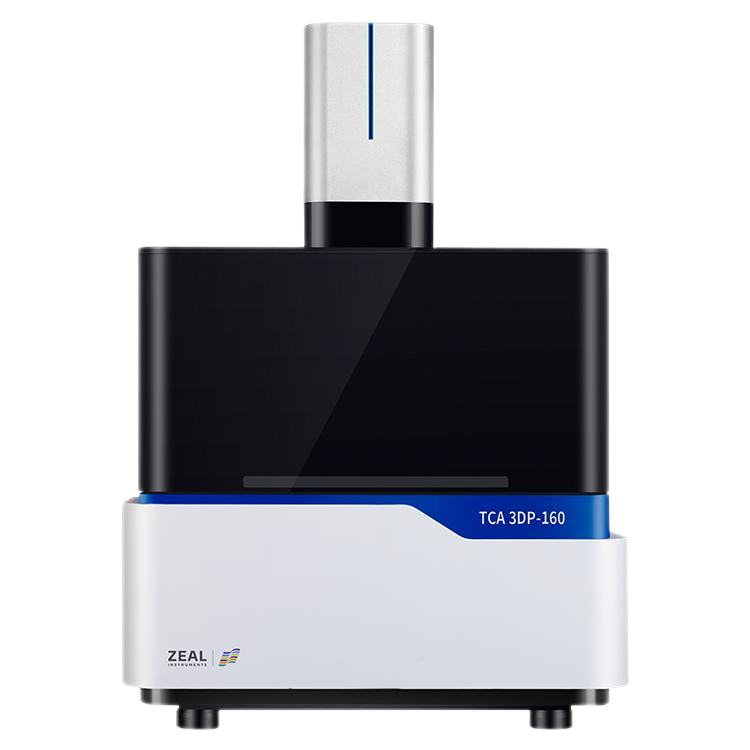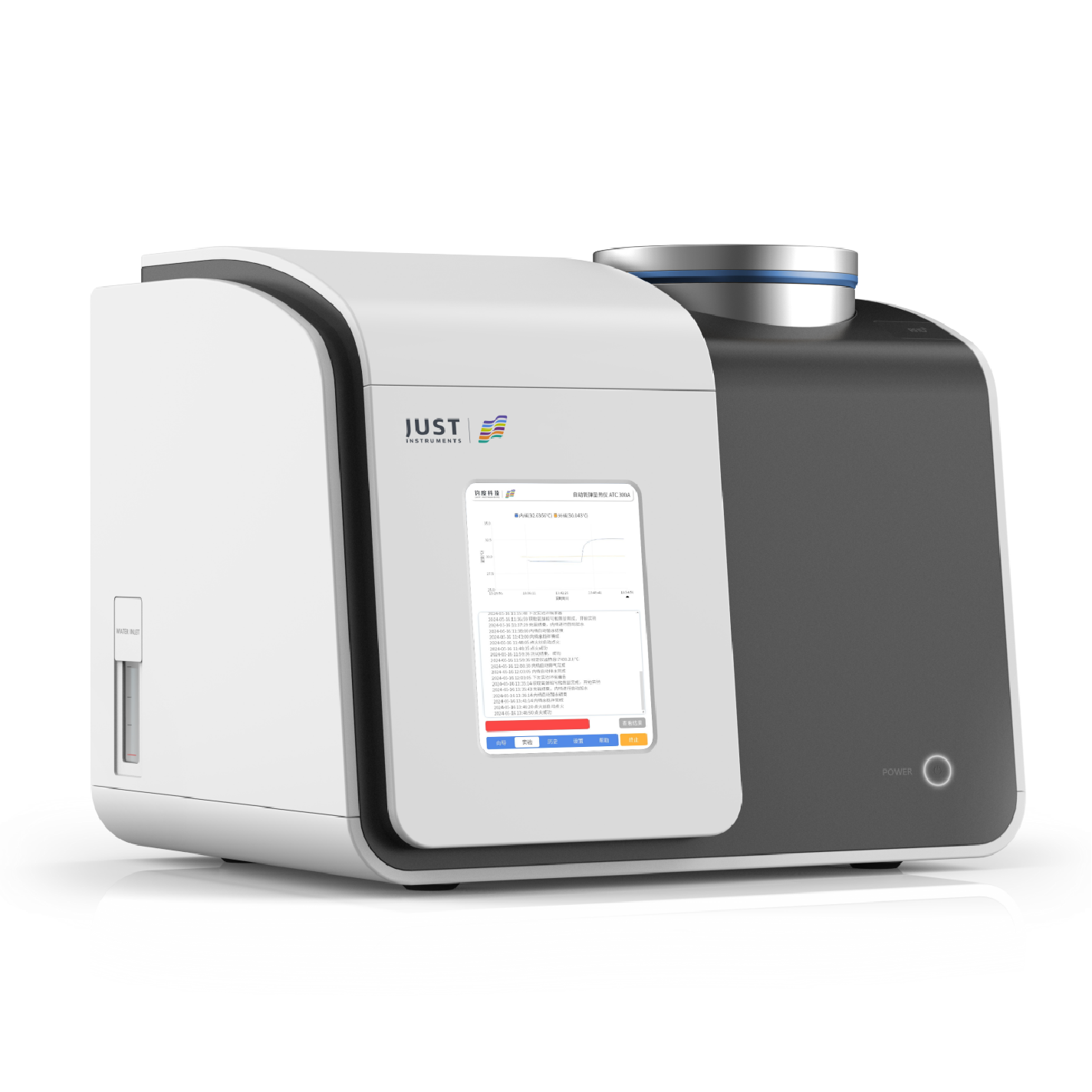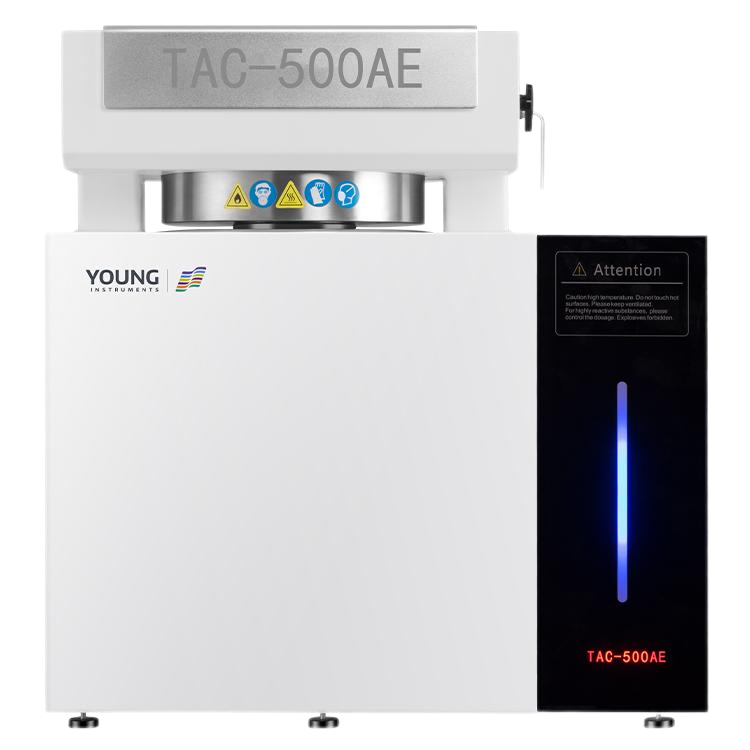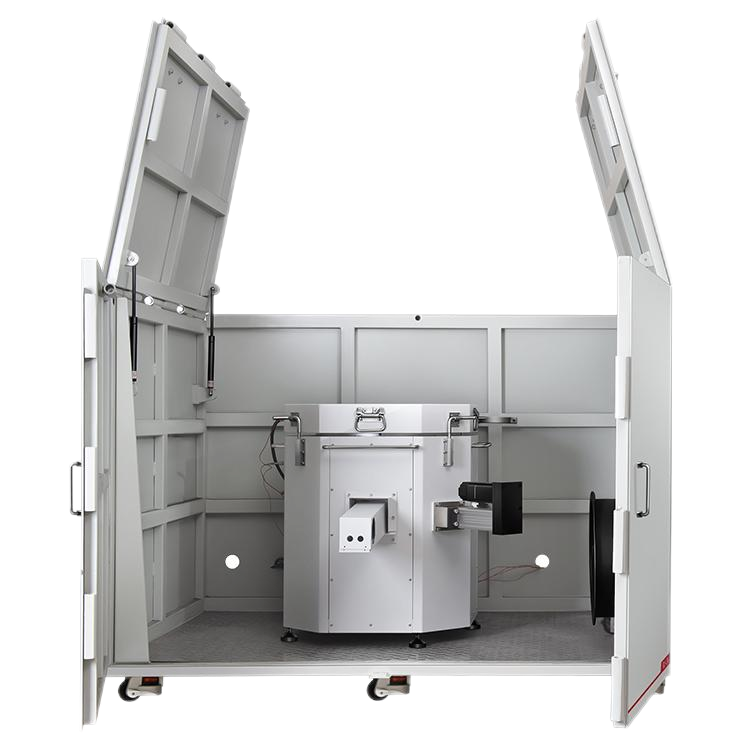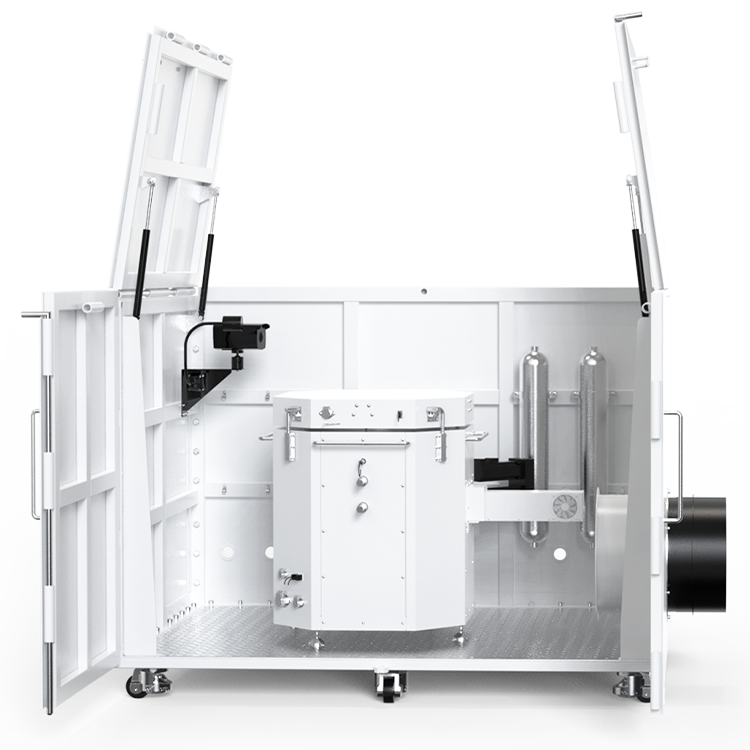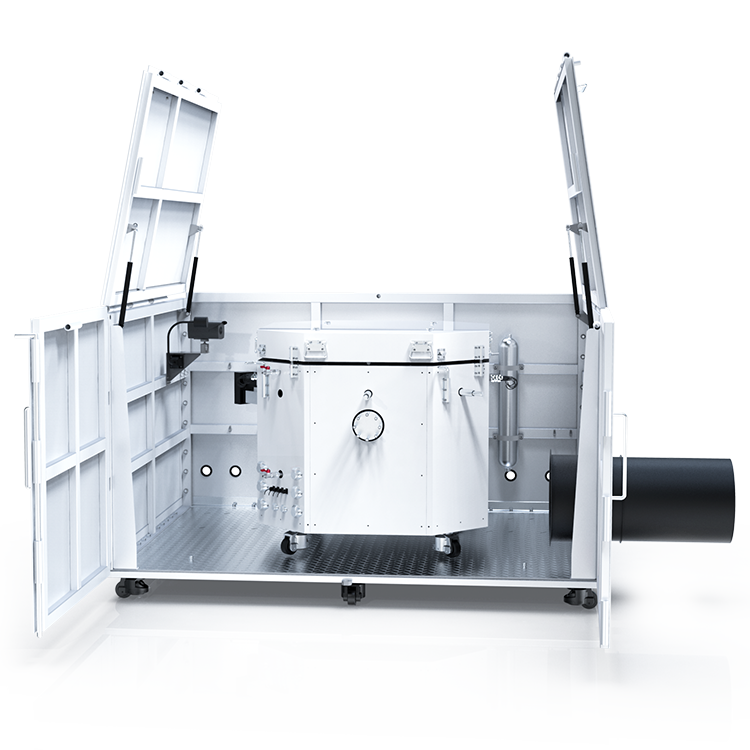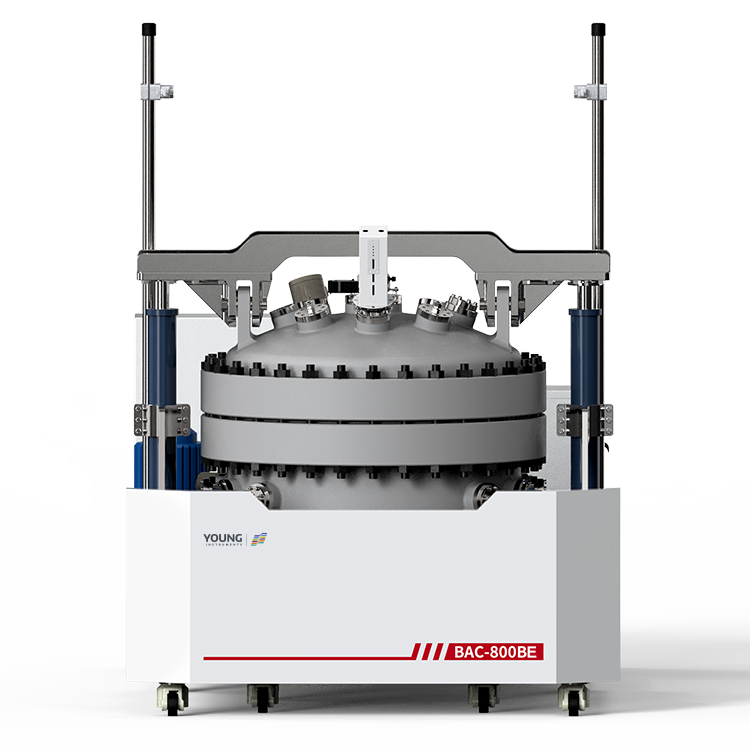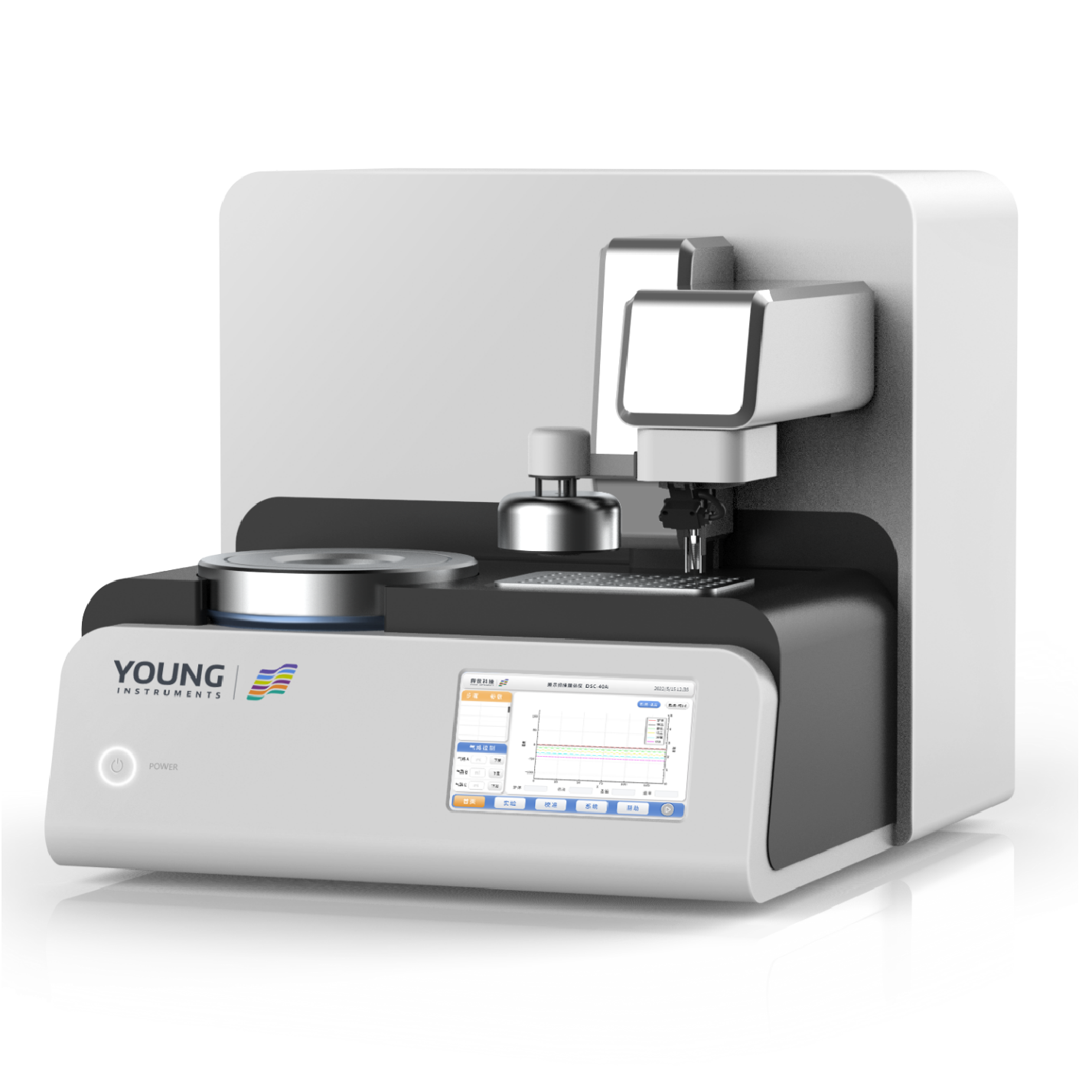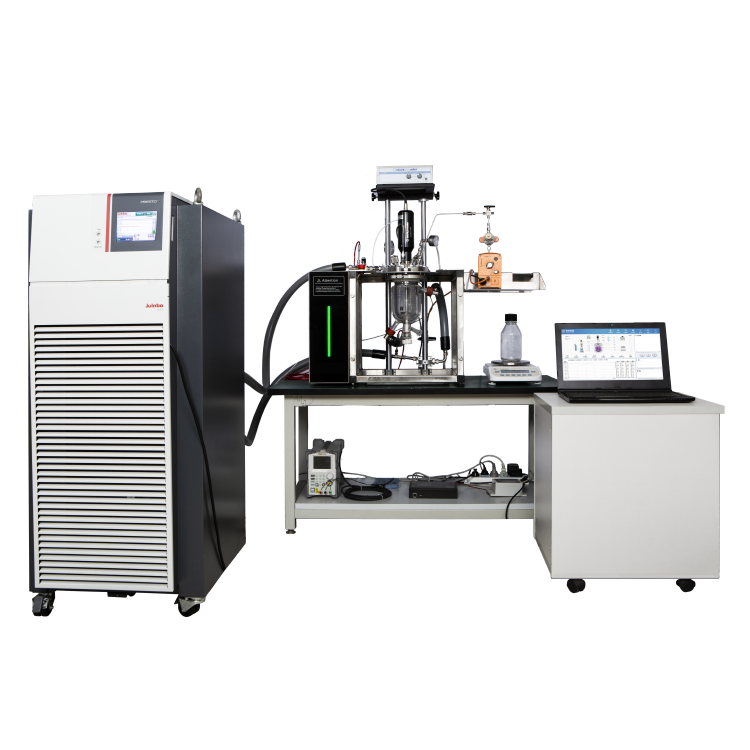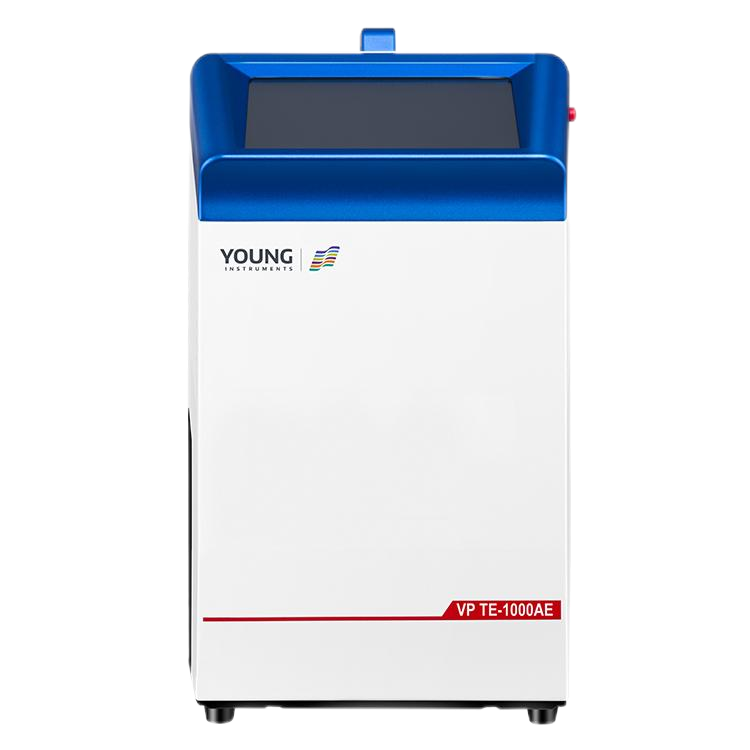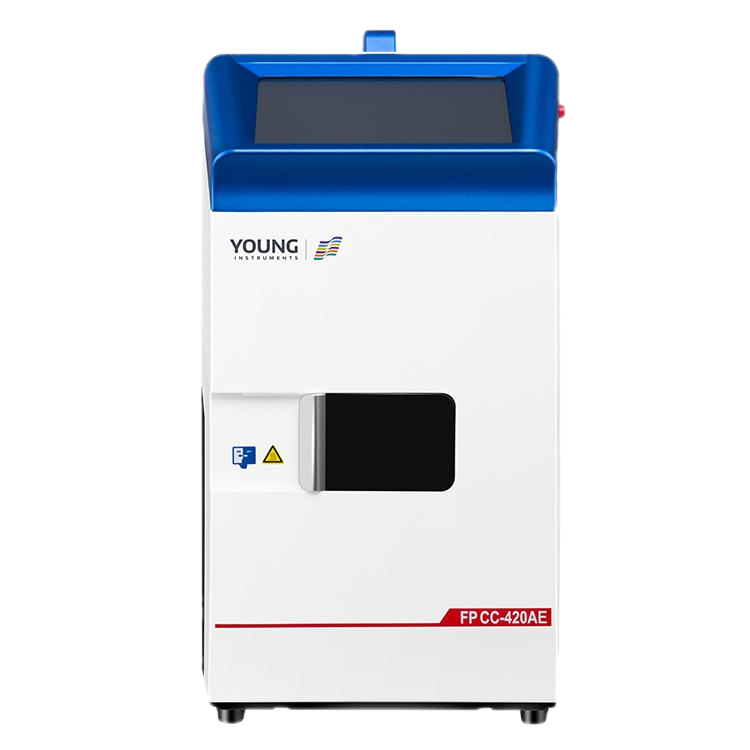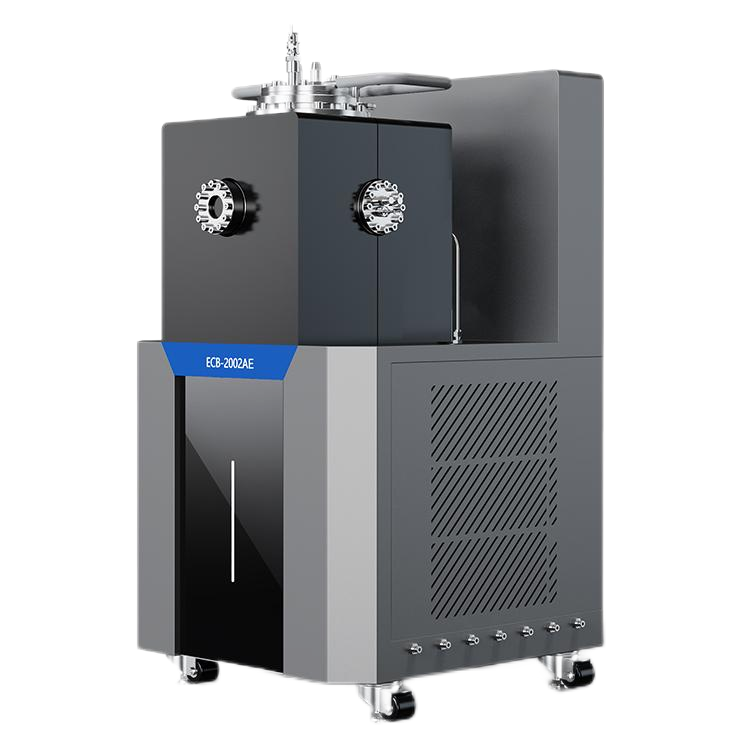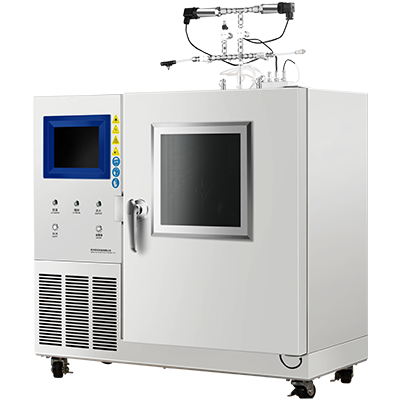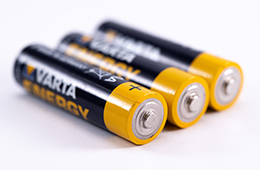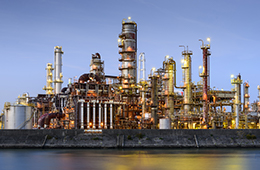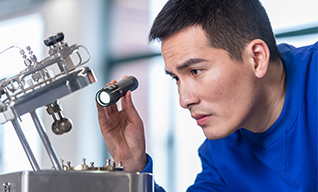Advanced Thermal Hazards Tester Enhances Chemical Process Protection
Ensuring laboratory process safety is like having a protective shield for chemical enterprises, safeguarding experimental procedures, personnel, and equipment. Effective safety measures reduce accident risks, prevent contamination of data, and ensure compliance with regulatory standards, ultimately enhancing the credibility and reliability of research.
As a leading provider of process safety engineering solutions in China, Zeal Instruments specializes in explosion safety, chemical reaction engineering, thermodynamic assessment, and accident analysis. Our Thermal Hazards Testers provide precise, reliable, and efficient data to evaluate thermal risks in chemical processes and formulations across industries such as pharmaceuticals, chemicals, and materials. With Zeal Instruments, you can ensure safer, more efficient, and compliant laboratory operations.
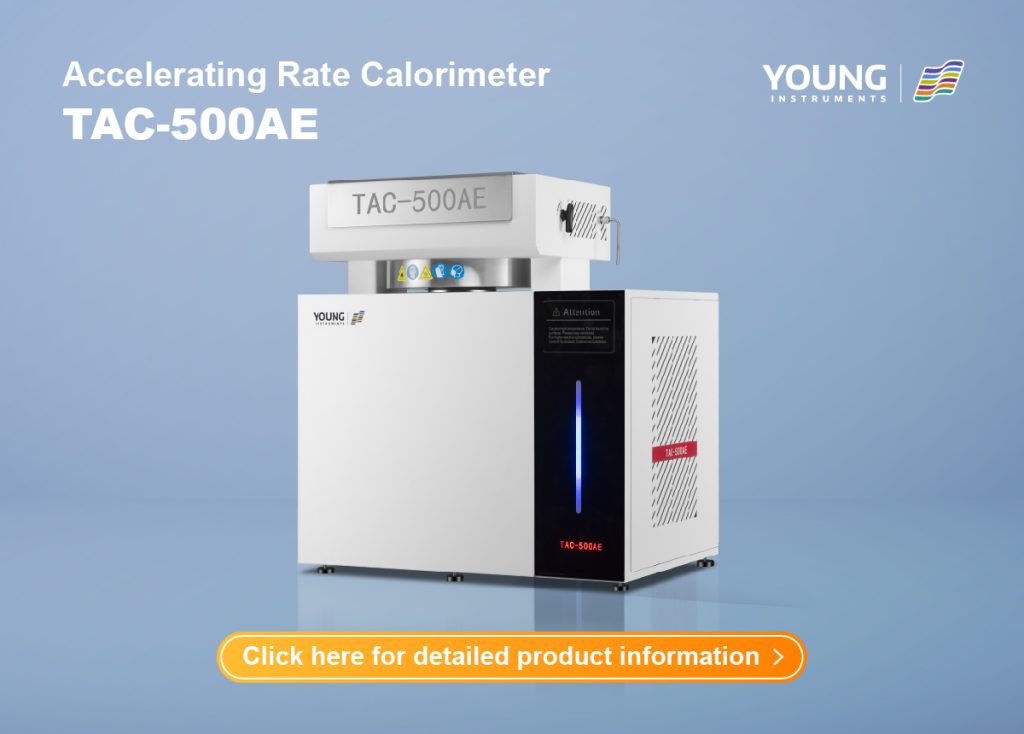
Ensuring Chemical Safety with the Thermal Hazards Tester
Understanding Heat Release in Chemical Reactions
Chemical reactions can generate large amounts of heat. If heat builds up and cannot escape, the reaction may become uncontrollable. This can cause sudden temperature and pressure spikes, leading to explosions or other hazards. The Accelerating Rate Calorimeter (ARC) helps predict these dangers. It measures heat and pressure changes during a reaction. The system provides TD24 (the temperature at which the reaction’s time-to-maximum rate is 24 hours) and TMRad (the time for a runaway reaction to reach maximum speed). These values help scientists assess reaction safety.
TAC-500AE: A Powerful Thermal Analysis Tool
The TAC-500AE is designed for chemical safety testing. It operates at temperatures from room temperature to 500°C, with a temperature resolution of 0.001°C. It tracks temperature changes between 0.005°C/min and 40°C/min, ensuring precise measurements. This device is used in industries such as fine chemicals, pharmaceuticals, materials science, and polymer research. It helps detect unstable reactions early, reducing risks.
Multiple Testing Modes for Versatile Analysis
The TAC-500AE supports Heat-Wait-Seek (HWS) mode, isothermal mode, and constant rate scanning mode. These testing modes allow scientists to study reactions under different conditions. The device follows strict safety guidelines and industry standards for hazard assessment. It includes status indicators and alarms for high temperature and pressure, protecting both equipment and users.
Advanced Data Analysis and Safety Features
The system analyzes heat release onset temperature, adiabatic temperature rise, and activation energy. It detects pressure changes up to 20,000 kPa, with a resolution of 1 kPa. The test chamber holds up to 8 mL of material. The test-cell material options include stainless steel, titanium alloy, and Hastelloy, allowing flexibility for different applications.
For convenience, the TAC-500AE features an automatic furnace lid lifting function, making operations safer. It connects through USB and RJ45 interfaces and operates with a power supply of AC220V/50Hz. The system consumes less than 3000W, ensuring energy efficiency.
This advanced tool provides reliable data for chemical safety. By detecting risks early, it prevents hazardous reactions and enhances research efficiency.
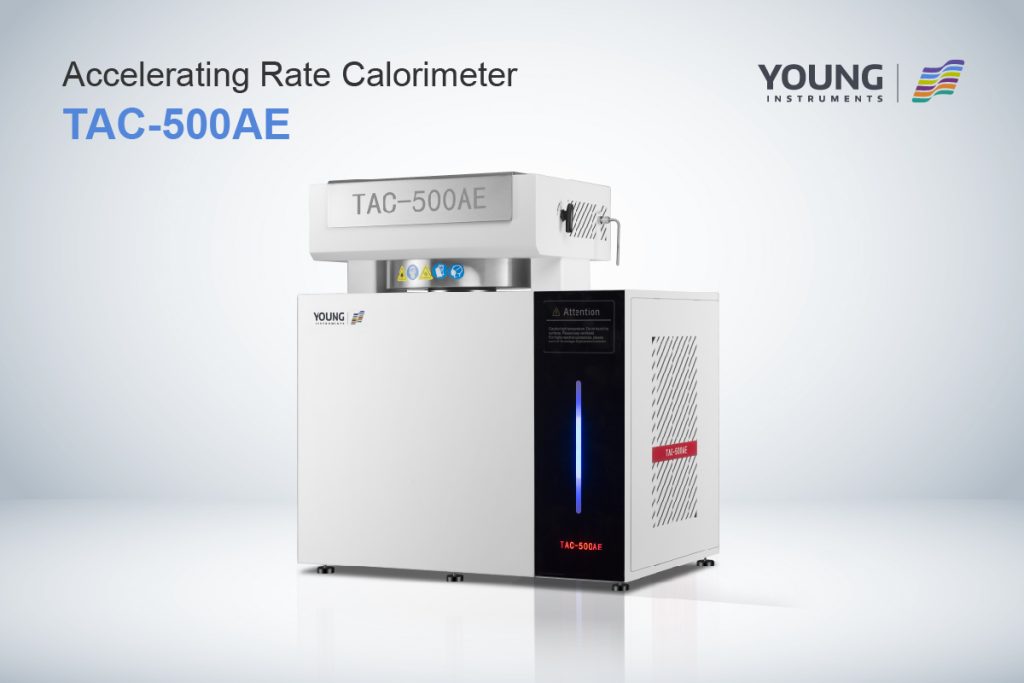
How It Works: Accelerating Rate Calorimeter (ARC) in Action
Understanding Runaway Reactions and Thermal Hazard Assessments
Chemical reactions can produce a lot of heat. If the heat is not controlled, the reaction can become dangerous. The Accelerating Rate Calorimeter (ARC) helps scientists understand how heat builds up in reactions. It measures temperature and pressure changes in a closed system.
The Adiabatic Reaction Calorimeter (ARC) keeps the sample in a controlled environment. It adjusts the furnace temperature to match the temperature of the sample’s outer surface. This prevents heat loss. Since there is no temperature difference between the sample and its surroundings, no heat escapes.
During testing, a spherical sample cell holds the chemical sample. The sample cell is placed in the center of the heating furnace. A temperature control system adjusts the heat. The device can also connect to a pressure sensor to measure pressure changes.
The instrument has several operating modes. One of the most common is Heat-Wait-Seek (HWS) mode. This mode helps study runaway reactions. The system follows a step-by-step process. First, it sets a temperature and waits for the system to stabilize. Then, it checks if the reaction releases heat. If the heat release rate is high, the system switches to adiabatic mode. This means the furnace temperature rises along with the sample temperature. If the reaction does not release much heat, the system moves to the next temperature step.
Explanation of Key Parameters (TMRad, TD24)
The ARC can test chemical reactions in a tightly sealed environment. It helps scientists measure how much heat a substance releases during decomposition. By analyzing the Temperature-Time (T-t) curve, scientists can determine two key values:
- T₀ (Initial Decomposition Temperature): The temperature at which decomposition begins.
- T_f (Final Temperature): The temperature when the reaction stops.
From these values, the adiabatic temperature rise (ΔT_ad,d) can be calculated. This shows how much the temperature increases when no heat escapes.
Another key measurement is TMRad (Time-to-Maximum Rate under adiabatic conditions). This tells scientists how fast a runaway reaction can develop. A shorter TMRad means a reaction can become dangerous quickly.
Scientists also use TD24 (Temperature at which TMRad is 24 hours). This value helps determine how long it takes for a chemical reaction to reach its most dangerous phase. If the TD24 value is low, the reaction is more likely to become a safety risk in a short time.
The ARC provides very accurate data. However, not all the heat released by the chemical goes into the reaction. Some of it heats the sample cell itself. This means scientists must adjust the data to get the most accurate results.
By using the ARC, researchers can predict which chemical reactions are risky. This helps industries develop safer processes. It also prevents accidents by identifying dangerous reactions before they happen.
Real-World Applications & Benefits
Preventing Accidents and Ensuring Regulatory Compliance
Chemical reactions can be dangerous. Many reactions produce heat. If the heat is not controlled, the reaction can get out of control. This can lead to high pressure, explosions, or toxic gas leaks. These accidents can harm workers and damage equipment.
Many industries use chemicals every day. Factories, laboratories, and research centers must follow safety rules. Governments have strict regulations to prevent accidents. Companies must follow these rules to operate legally. If they do not, they can face fines or shutdowns.
The Accelerating Rate Calorimeter (ARC) helps industries follow safety rules. It detects dangerous reactions before they happen. It provides accurate data on how reactions behave. This helps engineers design safer processes. When companies use ARC, they reduce risks. This protects workers and equipment. It also helps industries meet safety regulations.
Enhancing Research Accuracy and Industrial Efficiency
Scientists need accurate data to improve chemical processes. Small errors can lead to big problems. If a reaction is not studied well, it can cause failures. Some chemicals can react in unexpected ways. This can slow down research or create unsafe conditions.
The ARC helps researchers get precise data. It measures temperature and pressure changes in real time. It also helps find the safest reaction conditions. With better data, scientists can improve chemical formulas. This makes processes more efficient.
Industries also need efficiency. Chemical production must be fast and safe. If a process is too slow, it costs more money. If it is too fast, it can be unsafe. The ARC helps companies find the right balance. It prevents wasted materials and energy. This makes production faster and safer.
Many industries use ARC. In pharmaceuticals, it helps make safe medicines. In chemical manufacturing, it prevents dangerous reactions. In materials science, it helps test new materials. With this tool, research becomes more accurate. Production becomes more efficient. This helps industries grow while staying safe.

Enhance Safety and Efficiency with the TAC-500AE!
The TAC-500AE is a powerful tool for detecting heat risks in chemical reactions, ensuring precise temperature and pressure measurements. By identifying potential hazards early, it helps prevent dangerous reactions, improving both research and production safety.
Designed for ease of use and reliability, the TAC-500AE supports compliance with safety regulations while optimizing process efficiency. Whether in laboratories or industrial settings, it provides the accuracy needed to enhance reaction monitoring and risk management.
Stay safe, improve workflows, and ensure compliance – choose the TAC-500AE today!




